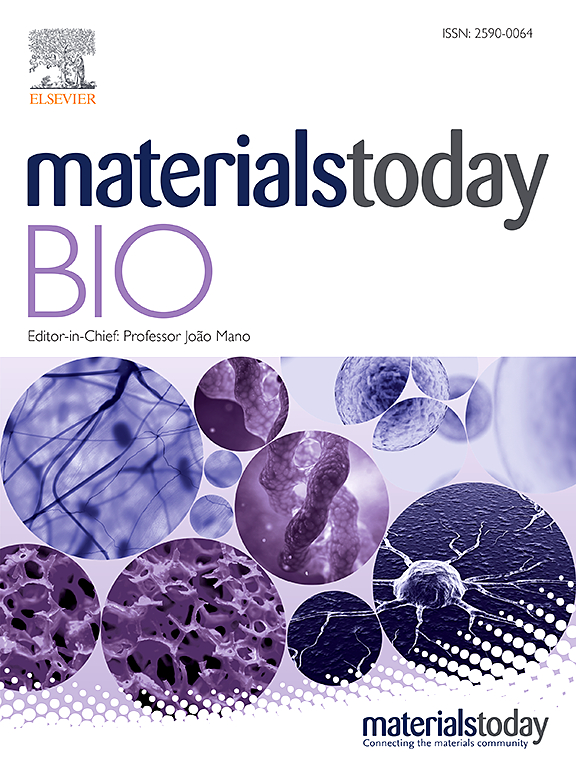Advances in abiotic tissue-based biomaterials: A focus on decellularization and devitalization techniques
IF 8.7
1区 医学
Q1 ENGINEERING, BIOMEDICAL
引用次数: 0
Abstract
This Review explores the growing and diversifying field of tissue-derived abiotic constructs for tissue engineering applications, with main focus on decellularization and devitalization techniques and principles. Acellular fractions derived from biological tissues, such as the extracellular matrix (ECM), have long been considered a valuable approach for the generation of numerous scaffolds and more complex constructs. The removal of the cellular content has been considered essential to prevent the development of adverse immunological reactions. Nevertheless, the discovery of promising features of certain cellular components has sparked interest in the use of inactivated or devitalized cellular fractions for several applications, particularly in regenerative medicine and inflammation control. Devitalization has been described for several clinical applications, but remains poorly explored in terms of in vitro constructs compared to decellularization methods currently available. In this review, we present and critically evaluate a spectrum of approaches for the decellularization of whole-organs and in vitro constructs, and the most prevalent devitalization techniques, with a discussion on their implications on scaffolds composition, structure, and potentially therapeutic properties. Processing methodologies to achieve optimal cell-based abiotic materials and approaches for their effective characterization are described and discussed. The application of these materials in healthcare, with most focus on regenerative approaches and including examples of commercially available products, is also addressed.

求助全文
约1分钟内获得全文
求助全文
来源期刊

Materials Today Bio
Multiple-
CiteScore
8.30
自引率
4.90%
发文量
303
审稿时长
30 days
期刊介绍:
Materials Today Bio is a multidisciplinary journal that specializes in the intersection between biology and materials science, chemistry, physics, engineering, and medicine. It covers various aspects such as the design and assembly of new structures, their interaction with biological systems, functionalization, bioimaging, therapies, and diagnostics in healthcare. The journal aims to showcase the most significant advancements and discoveries in this field. As part of the Materials Today family, Materials Today Bio provides rigorous peer review, quick decision-making, and high visibility for authors. It is indexed in Scopus, PubMed Central, Emerging Sources, Citation Index (ESCI), and Directory of Open Access Journals (DOAJ).
 求助内容:
求助内容: 应助结果提醒方式:
应助结果提醒方式:


